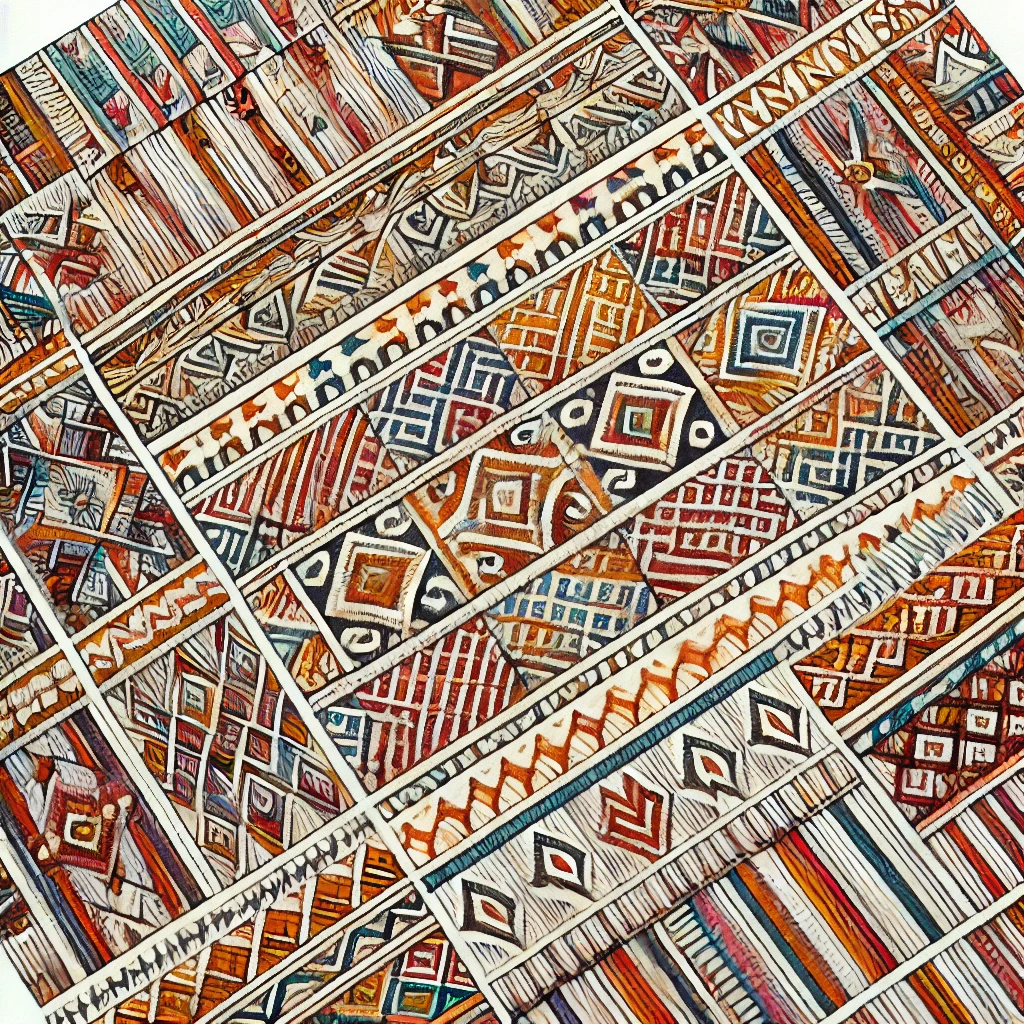Discover how a vibrant color palette, intricate geometric patterns, and natural fibers transform spaces into stunning, eco-friendly designs.In the world of textile art, few cultures are as renowned for their stunning craftsmanship as the Incas. The vibrant textiles of this ancient civilization reveal a rich tapestry of history, tradition, and artistry. Each piece tells a story through its vibrant color palette, intricate geometric patterns, and the careful selection of natural fibers. The Inca people utilized these textiles not only for clothing and ceremonial purposes but also as a means of expressing their identity and social status. In this blog post, we will delve deeper into the defining characteristics of Inca textiles, exploring how their visual appeal and cultural significance continue to captivate and inspire. Join us on a journey through the colors, patterns, and materials that make Inca textiles a timeless expression of artistry and heritage.
Vibrant Color Palette
The Inca textiles are renowned for their vibrant color palettes, which play a significant role in defining the cultural identity of the Inca civilization. These textiles often feature a rich assortment of colors, derived from both natural and synthetic dyes. The use of bold hues not only enhances the aesthetic appeal but also conveys social and cultural meanings.
Colors in Inca textiles are frequently paired in intricate patterns, allowing for a harmonious blend of shades that reflect the vibrant life and values of the Inca people. According to researchers, the palette was meticulously chosen to symbolize various elements, such as seasons, social status, and even religious beliefs.
This characteristic of vibrant colors is not merely for decoration; it serves as an essential aspect of Inca identity, showcasing their artistry and craftsmanship. The combination of colors in patterns allows craftsmen to tell a story, making each piece of textile not just a functional item, but also a cultural artifact that embodies the rich history of the Inca civilization.
Intricate Geometric Patterns
The Inca textiles are celebrated for their stunning intricate geometric patterns that reflect the cultural richness and artistic ingenuity of the Andean civilization. These patterns are not merely decorative; they often serve as a symbolic language, representing social status, tribal affiliation, or significant local narratives.
Woven from high-quality fibers, the geometric motifs found in Inca textiles are characterized by their symmetry and are typically created using a variety of techniques. These include techniques such as tapestry weaving and andean backstrap weaving, which allow artisans to create strikingly detailed designs. The patterns often feature diamonds, zigzags, and spirals, embodying the Andean cosmology and their connections to nature.
Furthermore, the use of a limited color palette in tandem with these intricate designs highlights the textile mastery of the Incas. Each pattern, along with its colors, carries its own meaning and story, making each piece not just a work of art but a historical record that has been passed down through generations.
Use of Natural Fibers
The Inca textiles are renowned for their exquisite craftsmanship, featuring a rich heritage that predominantly utilizes natural fibers. These fibers include cotton, wool, and alpaca, each bringing unique qualities to the textiles produced. The use of these materials not only reflects the available resources in the Andean region but also showcases the advanced weaving techniques employed by the Incas.
One of the most significant natural fibers used in Inca textiles is alpaca wool. This fiber is highly prized for its softness, durability, and excellent insulating properties. The Inca civilization raised alpacas primarily for their fleece and used it for making clothing, blankets, and ceremonial garments. Alpaca wool is known for being warmer and lighter than sheep’s wool, making it an ideal choice for the varying climates of the Andes.
In addition to alpaca, cotton was also extensively used, particularly in the warmer regions of the Inca Empire. The Incas cultivated their own varieties of cotton and utilized it to create textiles that were not only functional but also imbued with intricate patterns and colors. The combination of these natural fibers allowed for a diverse range of textiles that catered to the needs of the Inca people, from everyday wear to ceremonial attire.
Frequently Asked Questions
Inca textiles were primarily made from cotton and alpaca wool, which were abundant in the region.The varied climate and terrain of the Andes allowed for the cultivation of different plants and the raising of various animals, which provided diverse materials for textile production.Symbolism was significant in Inca textiles, with patterns and colors often representing social status, group identity, and spiritual beliefs.Inca textiles are noted for their complexity and vibrancy, often incorporating intricate patterns and a wide range of colors that set them apart from the textiles of other ancient civilizations.The Incas used various techniques including weaving, dyeing, and embroidery, often employing advanced methods that resulted in durable and intricate fabrics.Textiles held great significance in Inca society, serving not only practical purposes in clothing and ceremonial events but also as a form of currency and status indicator.Today, Inca textiles are highly valued for their artistic and cultural heritage, often recognized as vital contributions to global textile history.


